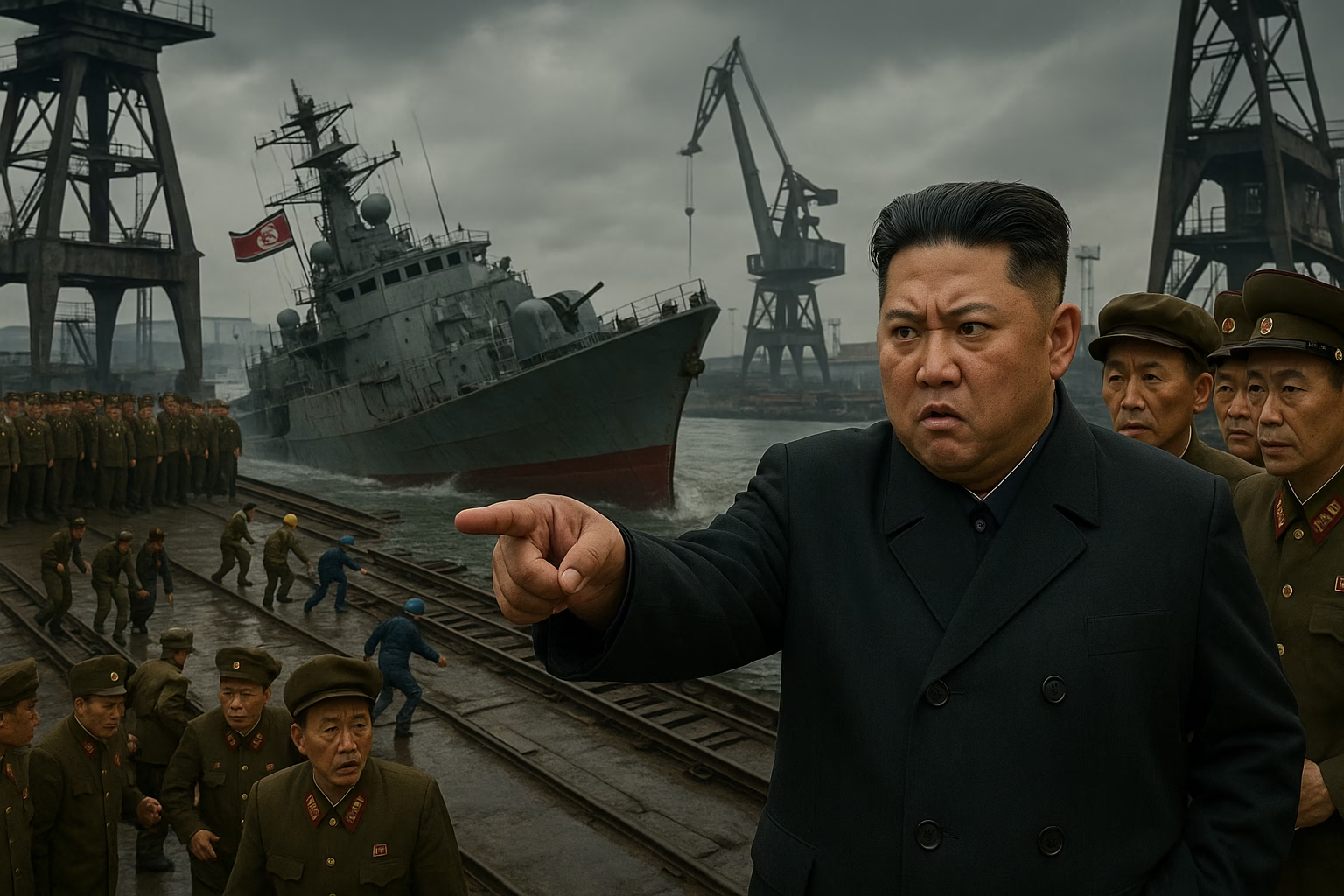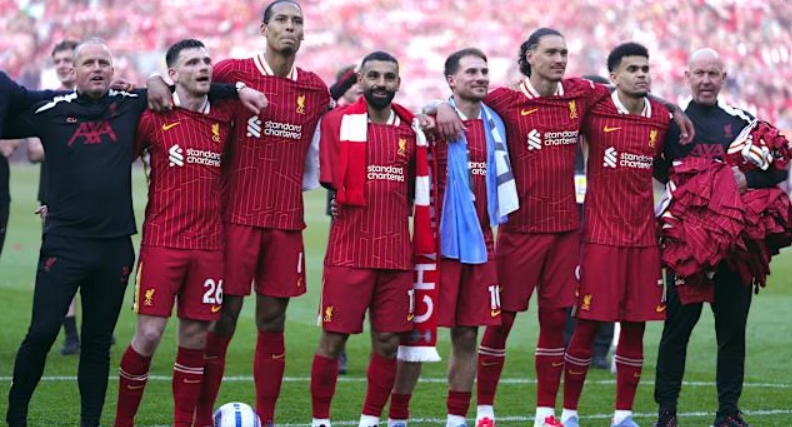Author: Contributor
-

Urgent warning to iPhone owners: Install iOS 18.5 immediately. Users need to take action
iPhone users are being urged by data experts to install the new iOS 18.5 update. This update includes a crucial fix that prevents hackers from gaining access to personal content. As reported by The Mirror, Apple has acknowledged a significant security gap in the most recent software update. This gap could potentially allow hackers to…
-

OnlyFans Owner in Talks to Sell to Investor Group at Approximately $8 Billion Valuation, Sources Say
OnlyFans parent company Fenix International Ltd is negotiating a potential sale to an investor group valuing the adult-content platform at roughly $8 billion, according to three sources familiar with the matter. The group is reportedly led by Los Angeles-based investment firm Forest Road Company, though the identities of other investors remain unclear. The valuation and…
-

North Korea Investigates Warship Launch Accident
North Korea has launched a comprehensive probe into an accident that occurred during the launch of a warship this week, state media KCNA reported on Friday. The incident, which took place on Wednesday, was attributed to a loss of balance during the vessel’s launch, causing sections of the warship’s bottom to be crushed. An internal…
-

Motorola Razr Ultra 2025 Review: Redefining the Foldable Experience
The Motorola Razr Ultra 2025 isn’t just another foldable—it’s a statement. Blending audacious design with flagship performance, this device challenges the monotony of slab smartphones and dares to stand out. Priced at a premium $1,299, it’s a bold bet on innovation. But does it justify the cost? Let’s unfold the details. Design & Build: Where…
-

HISTORIC ELECTION: CARDINAL PREVOST ELECTED AS FIRST AMERICAN POPE, TAKES NAME LEO XIV
VATICAN CITY, May 8 – In a stunning conclave decision that reshapes centuries of Catholic tradition, the College of Cardinals today elected Cardinal Robert Prevost, a soft-spoken missionary from Chicago, as the first American pope in the Church’s 2,000-year history. Taking the name Leo XIV, the 69-year-old former bishop of Chiclayo, Peru, emerged as a compromise candidate after five…
-

Warren Buffett Dismisses Market Volatility as Insignificant, Announces Year-End Retirement
OMAHA, Neb. — Legendary investor Warren Buffett reassured shareholders on May 3 that recent market turbulence should not alarm long-term investors, emphasizing the importance of staying focused on fundamentals. Speaking at Berkshire Hathaway’s annual meeting in Omaha, the 94-year-old CEO downplayed the significance of recent swings, noting that short-term fluctuations are typical and should not…
-

Trump Defends Economic Policies in NBC Interview, Blames Biden for Weaknesses
Washington, D.C. – Former President Donald Trump claimed credit for the U.S. economy’s strengths while blaming President Joe Biden for its struggles in a wide-ranging interview on NBC’s Meet the Press with Kristen Welker that aired Sunday. “I think the good parts are the ‘Trump economy’ and the bad parts are the ‘Biden economy’ because…
-

Liverpool Secures Historic Premier League Title After Beating Tottenham
Liverpool has been crowned Premier League champion after its decisive 5-1 victory over Tottenham Hotspur on Sunday. Liverpool’s nearest rival, Arsenal, could only manage a 2-2 draw against Crystal Palace on Wednesday, leaving the Reds a point away from securing the Premier League title. Spurs struck first with a goal from Dominic Solanke in the…
-

FTC Takes Legal Action Against Uber Over Alleged Misleading Subscription Practices
The Federal Trade Commission (FTC) has filed a lawsuit against Uber, accusing the ride-hailing giant of deceptive billing and cancellation practices related to its Uber One subscription service. The agency claims Uber enrolled customers without proper consent, failed to deliver promised savings, and imposed unnecessary hurdles for cancellation. Key Allegations Against Uber According to the…
-

Katy Perry and Gayle King kissed the ground after exiting Blue Origin’s spacecraft after a four-minute spaceflight
Upon their return from their spaceflight aboard Blue Origin’s Shepard rocket on Monday morning, pop star Katy Perry and CBS Mornings co-host Gayle King shared a moment of joy and gratitude. As part of the inaugural all-female mission, the two celebrities emerged from the capsule and expressed their delight by kissing the Earth. This intimate…